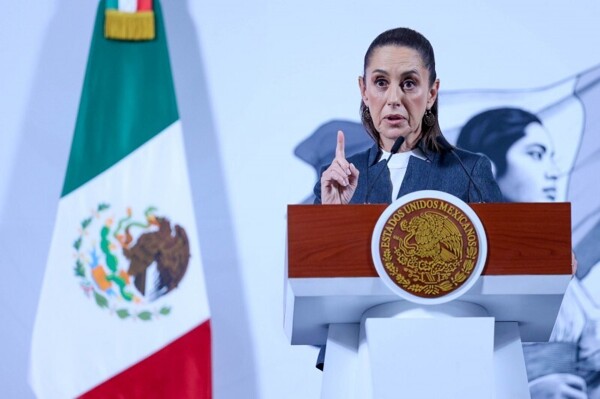
The use of alternative measures of inflation, such as core inflation, has become relevant to separate transient phenomena and identify the medium-term price growth trend.
Previously, the figure of central bankers tended to remain in the shadows, without public presence and with reserved decisions. However, with the resurgence of inflation, opinions arise advocating for increased inflation targets. Why is this discussion so crucial?
Inflation target policy involves a commitment from central banks to achieve a proposed inflation rate using the instruments at their disposal. For this regime to be effective, it requires an autonomous monetary authority framed within a constitution.
Last June, consumer inflation in some countries had decreased to 2.4%, but since September it has experienced a constant increase, reaching an annual rate of 3% in January. In the case of Mexico, an increase in overall and core inflation was recorded in February, staying within the target of 3% plus one.
During the pandemic, when inflation reached 9% annually, recommendations emerged to increase the inflation target to favor economic growth. The Bank of Mexico has a target range of 3% plus or minus 1%, so an inflation rate of 3.99% is already considered within that target.
The global scenario is marked by factors such as expansive fiscal policy and trade protectionism in the U.S., generating inflation worldwide. These elements, along with climate change and the reconfiguration of supply chains, are contributing to higher inflation.
Analysts closely monitor central bank statements to anticipate possible movements. Although theoretically, 0% inflation would be ideal, in practice, the goal is to maintain positive inflation to avoid hindering growth and to provide leeway against deflation risks.
It is essential to have continuous analysis of the sources of inflationary pressures and assess the future trajectory of prices. Setting medium to long-term inflation targets, considering core inflation, becomes crucial for maintaining economic stability in a volatile environment.
In summary, the discussion around inflation targets becomes relevant in a context of rising prices globally. Central banks face the challenge of maintaining economic stability while adapting their strategies to a changing and volatile landscape.














